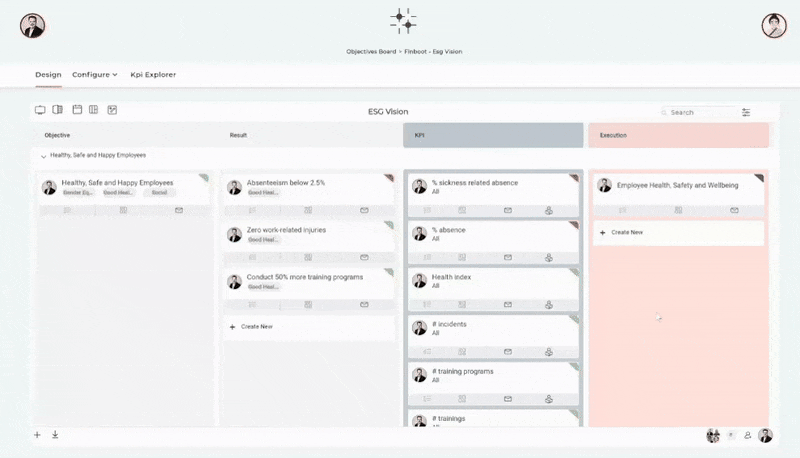A closer look at CBAM
Introduction
The Carbon Border Adjustment Mechanism (CBAM) is one of the climate policies introduced by the European Union (EU). It reflects the EU's commitment to reducing greenhouse gas emissions while ensuring that its industries remain competitive.*
CBAM aims to prevent carbon leakage, a phenomenon where companies relocate production to countries with weaker environmental regulations or import cheaper goods from such regions. As this undermines the EU’s climate goals and global efforts to decarbonize.
CBAM's general principles
CBAM imposes a carbon price on imports of specific goods, aligning their cost with EU-produced goods under the Emissions Trading System (ETS). Importers must purchase CBAM certificates priced at the EU ETS weekly average auction rate (€/tonne of CO₂) to cover embedded emissions. If non-EU producers already paid a carbon price, importers can deduct this amount.
Phased Implementation
-
Transitional Phase (2023–2025)
-
Definitive Regime (2026 onward)*
-
Gradually replaces free ETS allowances for EU industries, incentivizing decarbonization.
-
Scope expands to cover >50% of ETS-regulated sector emissions by 2030.
-

Purpose & history
Who is affected?
Historically, the EU addressed carbon leakage through free allocations under its Emissions Trading System (ETS). This approach was transitional and limited in scope, as it did not incentivize non-EU producers to adopt cleaner technologies.
CBAM represents a more comprehensive solution by imposing a carbon price on imported goods based on their embedded emissions.

CBAM has implications for multiple groups of stakeholders:
- EU importers: Companies importing goods covered by CBAM must adapt to new reporting requirements during the transitional phase (2023–2025). From 2026 onward, they will need to purchase certificates based on their imports' embedded emissions.
- Non-EU exporters: Producers outside the EU must provide detailed data on their production processes and emissions intensity. Those operating in countries with lower environmental standards may face higher costs unless they adopt cleaner technologies.
- Global supply chains: CBAM encourages greater transparency across supply chains as businesses are incentivized to track emissions data rigorously.
For businesses operating in regulated sectors like steel or cement, compliance with CBAM means adapting operations to meet reporting requirements and bearing additional costs associated with purchasing certificates.
The CBAM transitional period
The transitional phase (October 2023–December 2025) serves as an adjustment period for businesses affected by CBAM. During this phase:
- Importers must submit quarterly reports detailing embedded emissions in their goods without financial penalties.
- A centralized CBAM registry has been established for reporting purposes.
- Methodologies for calculating embedded emissions are being refined to ensure accuracy and consistency across sectors.
The transitional period allows businesses and authorities time to prepare for full implementation in 2026 when financial obligations begin. It also provides an opportunity for stakeholders to familiarize themselves with reporting systems and compliance requirements.
A CBAM software solution
Specialized CBAM software that automates emissions data collection, calculation, and reporting is the best way to prepare for CBAM regulations. It helps to streamline the process and additionally gives an advantage towards the competition.
100%
Coverage
Improved supply chain coverage
100% Compliance
Streamlined CBAM compliance
100% Automation
Collection, calculations and reporting
Measure, reduce and report for CBAM with an all-in-one solution
The MasterSustainability.today ESG platform offers seamless and end-to-end management of carbon emissions and CBAM reporting. Including goal management, one-click regulator reporting, integrations and custom API's, sustainability KPI management and much more.

Download the brochure for more information
This guide not only provides insights into a digital CBAM solution, but also presents an integrated ESG suite designed to outperform industry standards.
Our platform features:
- Supplier and supply chain engagement
- Product Data Orchestration
- Emission Data Calculation
- Verifier Portal
- Compliant Report Generator
